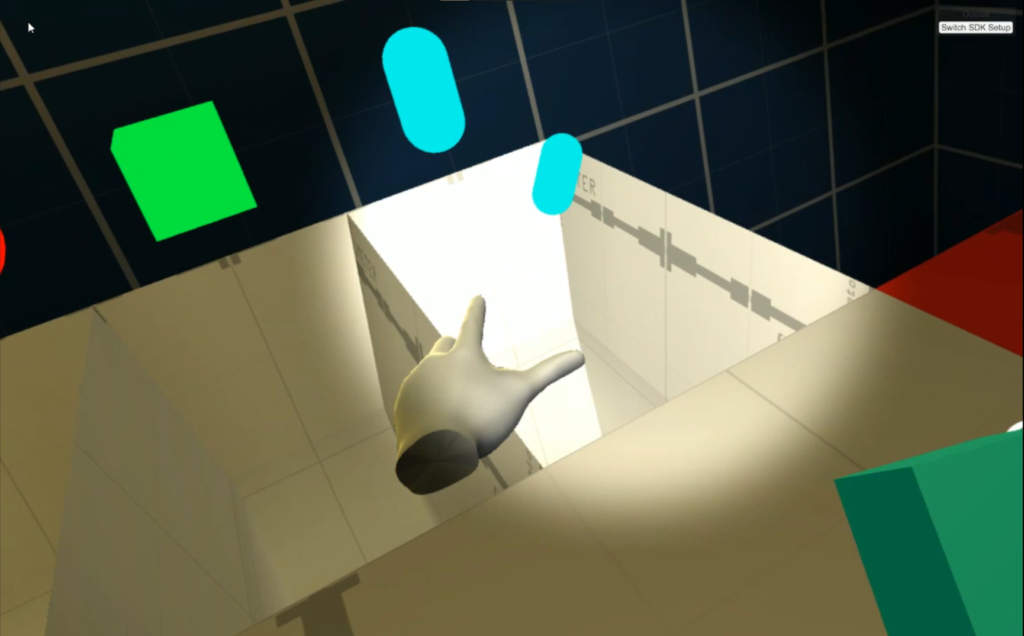We all know distracted driving is dangerous. Yet, it’s still one of the main causes of traffic accidents in the US.
Dr. Andrew Hashikawa, Clinical Associate Professor at Michigan Medicine, reached out to us to build a prototype that could raise awareness about the impact of this behavior. We tested a few concepts in three separate prototypes and iterated further on the best idea.
Discover how we aimed to generate awareness about distracted driving without actually simulating a distracted driving experience in VR.
The issue with VR games that let you ‘experience’ what it’s like to be distracted in the car while driving, is that these games might wrongfully be perceived as a way to ‘practice’ multitasking behind the wheel.
The team at the University of Michigan wanted to make sure their simulation communicated the impact of distractions, while eliminating the possibility that it might be misused as a training simulator.
We came up with three prototypes to help them achieve this: Distracted Sorter, Distracted Cook and Distracted Navigator.
1. Sorting Things Out
In Distracted Sorter, the player had to break open geodes, take out gems that are hidden inside them and put these in baskets with corresponding shapes and colors.
First, you do this without any distractions. Then, we introduce elements like flashing lights to divert the attention of the player. At the end of the simulation, we compare the results of sorting with and without distractions.
2. Slicing and Dicing While Getting Distracted
In the second prototype, Distracted Cook, the player has to slice food in a limited amount of time. They can complete orders by slicing ingredients in the correct sequence.
Eventually, we add elements like an oven that starts smoking and burning if you don’t attend to it in time. Just like in Distracted Sorter, we compare results of the focused and the distracted gameplay.
3. Spacing Out in a Spaceship
The third prototype is called Distracted Navigator, and was ultimately selected for further development. It lets the player control a spaceship, which they have to navigate through space. During their space flight, they have to collect items by flying through them.
We add distractions over time, letting the player perform a variety of tasks within the vessel itself while flying. At the end of the prototype, we compare how many objects the player was able to collect with and without distractions.

If Han Solo and Chewbacca were ever as distracted as the player in this prototype, we’re pretty sure the Galaxy would still be under imperial rule.
One Conclusive Prototype With Even More Distractions
The team at University of Michigan was able to select the prototype that fitted their requirements best by having people play them.
After Distracted Navigator was selected, we combined the feedback of all prototypes and came up with a more polished iteration that offers even more distractions than before.
If you are interested in the project and how we came up with these prototypes, you can join us during our round table session at the Serious Play Conference. Together with Professor Hashikawa and a selection of other people who were involved with the project, we will discuss the ideas behind these prototypes and how they are able to teach teens a valuable lesson.


